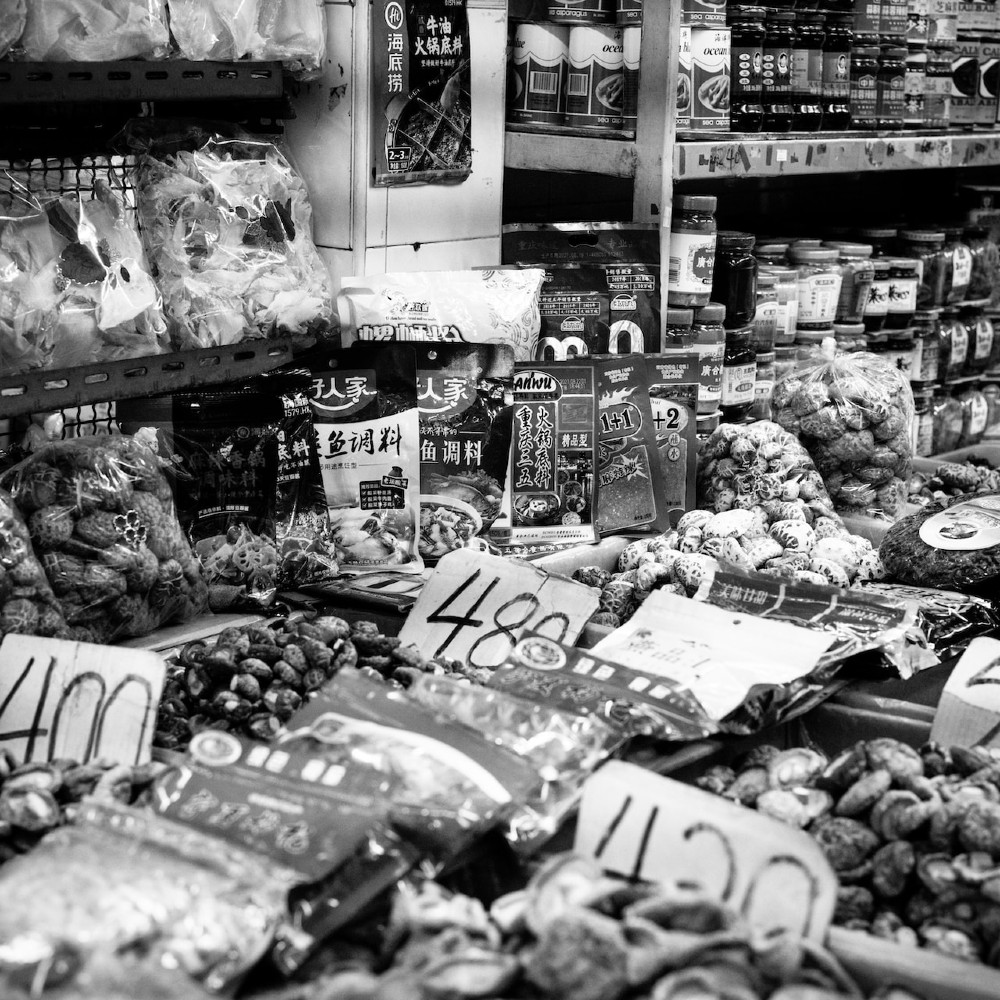Published:
Shrinkflation has infiltrated our shopping experiences in more ways than one. From supermarket aisles to the realm of services, it’s a phenomenon leaving consumers both puzzled and frustrated. A variety of companies worldwide are using this cost-saving technique. Companies are reducing the size or quantity of a product while keeping its price the same or even increasing it. In other words, less products cost more.
Consumers have observed shrinkflation with snacks, pantry items, meat, frozen foods, and bread, according to a poll conducted by Morning Consult. In India, a bar of Vim dish soap went from 155 grams to 135 grams. In the United Kingdom, Nestle reduced the size of its Nescafe Azera Americano coffee tins from 100 grams to 90 grams.
Certain companies did not answer any questions about consumers discovering their tactics of less for more. Kimberly-Clark — which makes both Cottonelle and Kleenex — didn’t respond to requests for comment on the reduced package sizes. Procter & Gamble Co. didn’t respond when asked about Pantene Pro-V Curl Perfection conditioner, which downsized from 12 fluid ounces to 10.4 fluid ounces but still cost $3.99. However, other companies offer more transparency to their consumers. Back in January, Domino’s Pizza announced they were altering their ten piece wings offer to eight pieces, all for the unchanged price of $7.99 for carryout. The reason behind this adjustment was the rising cost of chicken.
Consumers have responded to shrinkflation in a variety of ways; 49% of consumers report switching to a different brand, while 48% opt for generic brands over well-known names. Additionally, 33% purchase items in bulk rather than smaller packages. Specific shoppers take more extreme measures, such as discontinuing purchases of certain brands altogether or seeking out alternatives unaffected by shrinkflation.
When it comes to impeccable customer service, Japan has been a reputable country to look up to. The country's reputation for its commitment to delivering exceptional experiences, whether in food, retail, or hospitality, has set exceedingly high expectations for consumers and been a point of great pride for Japan. However, in recent times, a shadow has been cast over this reputation due to a similar issue Japan is struggling with - service shrinkflation. Demographic shifts, combined with hesitancy regarding immigration, have created a slow-burning crisis that affects various sectors of the Japanese economy. Impacted by this labor crunch are the country's renowned 24-hour convenience stores, expertly staffed shops, vending machines, and punctual trains. These services have set a global standard for efficiency, cleanliness, knowledgeability, and attention to detail. However, maintaining these high standards in the face of a dwindling workforce is proving to be an immense challenge.
In response to the labor shortage, businesses in Japan seem to be adopting a strategy similar to "service shrinkflation." Similar to how some food companies have resorted to "shrinkflation," Japan’s service providers are trying to maintain the outward appearance of consistent, top-tier service while slowly scaling back the quality of the experience. This consists of shorter operating hours, longer wait times, slower fast food service, more self-service, and other subtle downgrades. For instance, longer queues and slower service have become more common in restaurants as establishments struggle to maintain their high standards with fewer staff members. Japan’s transportation punctuality has also shown signs of strain as schedules become less reliable due to staffing troubles.
In a world where you get less for the same price, consumers and businesses are finding ways to adapt. Whether it's snacks or services, companies are getting creative to deal with higher costs and fewer workers. People are responding by being resourceful, trying different brands, buying in bulk, or looking for alternatives to the changing world.
File under






